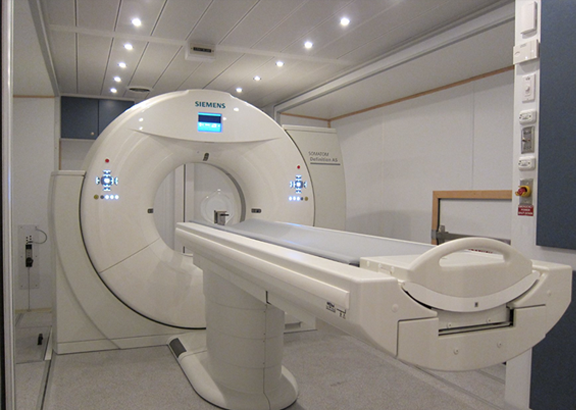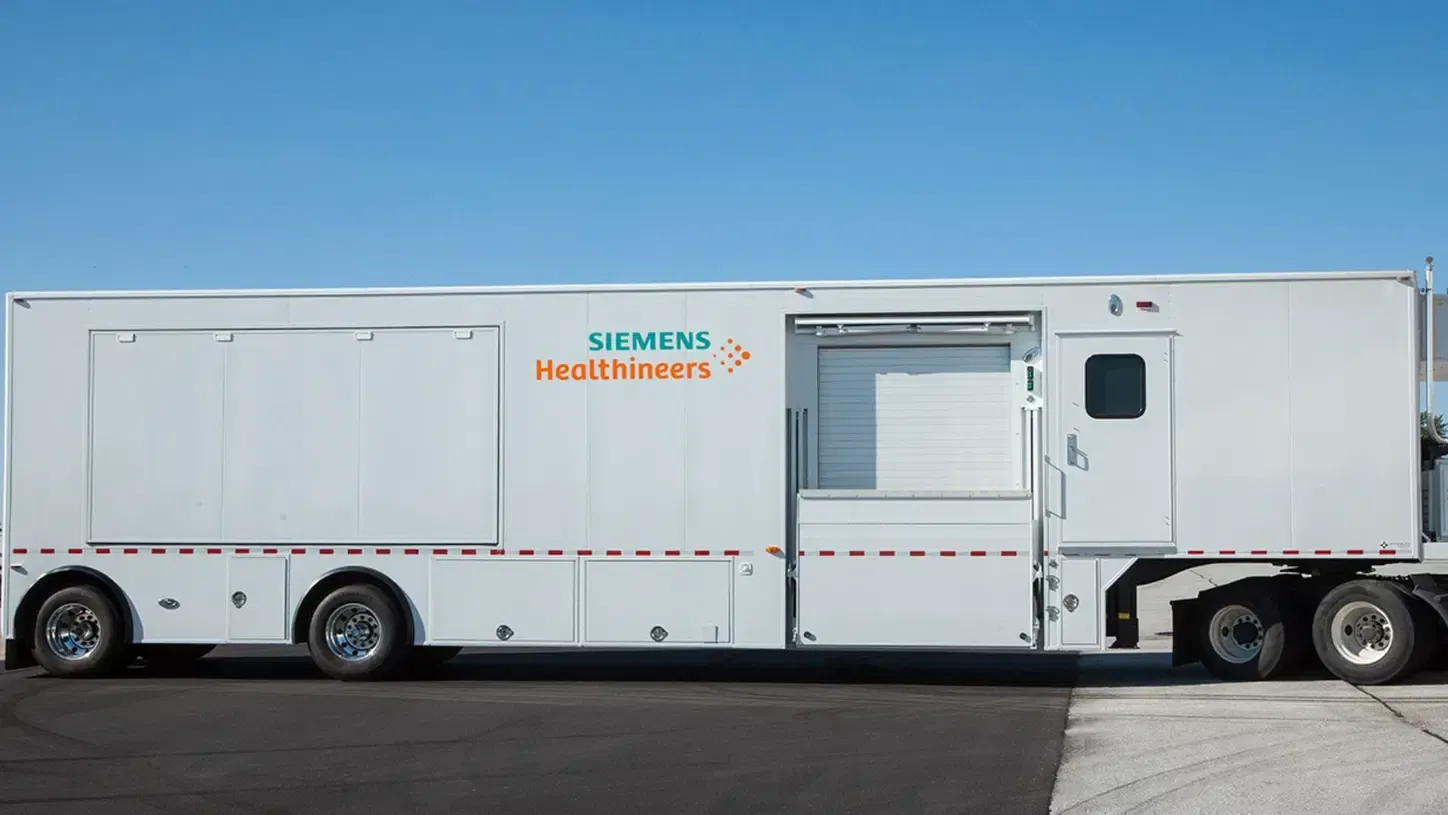Every groundbreaking achievement begins with a vision. For healthcare providers dreaming of extending their reach, a mobile health clinic represents the perfect fusion of innovation and compassion. Transforming this vision into reality requires careful planning and execution.
Learn more about our Mobile Clinic Partnership Programs here.
This step-by-step guide walks you through the process of starting your mobile health clinic, turning your noble idea into a tangible, life-changing service.
Step 1: Envision Your Mission
Your mission is the heartbeat of your clinic.
- Define Your Purpose: Clearly articulate why you want to start a mobile clinic and the impact you hope to achieve.
- Set Objectives: Establish specific, measurable goals to guide your efforts and track progress.
Step 2: Understand Community Needs
Insight into the communities you wish to serve is crucial.
- Conduct Surveys: Gather information on health needs, barriers to care, and demographic data.
- Engage Stakeholders: Meet with community leaders, organizations, and potential patients to gain diverse perspectives.
Step 3: Develop Your Business Plan
A comprehensive business plan is your blueprint for success.
- Executive Summary: Provide an overview of your mission, services, and target population.
- Market Analysis: Assess the healthcare landscape, competition, and potential partnerships.
- Financial Planning: Include detailed budgets, funding strategies, and revenue projections.
- Operational Plan: Outline day-to-day operations, staffing, and service delivery models.
Learn more about our Mobile Clinic Partnership Programs here.
Step 4: Secure Funding
Financial resources fuel your mission.
- Identify Funding Sources: Explore grants, donations, sponsorships, and loans.
- Prepare Proposals: Craft compelling grant applications and funding requests that align with donor interests.
- Budget Wisely: Allocate funds strategically, prioritizing essential expenses.
Step 5: Navigate Legal and Regulatory Requirements
Compliance ensures smooth operations.
- Licensing and Accreditation: Obtain all necessary medical and operational licenses.
- Regulatory Compliance: Familiarize yourself with healthcare laws, including patient privacy and safety regulations.
- Insurance Policies: Secure appropriate insurance coverage for liability, malpractice, and property.
Step 6: Choose and Customize Your Mobile Unit
Your vehicle is the foundation of your mobile clinic.
- Select the Right Vehicle: Consider factors like size, mobility, and suitability for your services.
- Design the Interior: Create functional spaces for patient care, including exam rooms and waiting areas.
- Ensure Accessibility: Incorporate features that accommodate all patients, including those with disabilities.
Learn more about our Mobile Clinic Partnership Programs here.
Step 7: Equip Your Clinic
Quality equipment enhances care delivery.
- Medical Supplies: Stock necessary diagnostic tools, treatment materials, and medications.
- Technology Integration: Implement EHR systems, telehealth capabilities, and reliable internet connectivity.
- Safety Equipment: Include emergency kits, sanitation supplies, and protective gear.
Step 8: Build Your Team
Your staff bring your mission to life.
- Hire Qualified Professionals: Recruit healthcare providers and support staff committed to your vision.
- Provide Training: Offer comprehensive training on clinical procedures, mobile operations, and patient interaction.
- Foster a Positive Culture: Cultivate an environment of teamwork, respect, and continuous learning.
Step 9: Plan Operations and Logistics
Efficiency maximizes your clinic's impact.
- Scheduling: Develop consistent routes and schedules to establish reliability.
- Inventory Management: Implement systems to track and replenish supplies proactively.
- Maintenance Plans: Schedule regular checks for vehicle and equipment upkeep.
Learn more about our Mobile Clinic Partnership Programs here.
Step 10: Launch Marketing and Outreach Efforts
Visibility attracts patients and support.
- Brand Development: Create a memorable name, logo, and messaging that resonate with your audience.
- Digital Presence: Establish a website and engage on social media platforms.
- Community Engagement: Participate in local events and collaborate with organizations to promote your services.
Step 11: Monitor, Evaluate, and Adapt
Continuous improvement drives success.
- Collect Data: Track key metrics like patient numbers, services provided, and health outcomes.
- Seek Feedback: Encourage patient and community input to identify areas for enhancement.
- Adapt Strategies: Be flexible in adjusting services, operations, and approaches based on insights gained.
Learn more about our Mobile Clinic Partnership Programs here.
Conclusion
Transforming your vision of a mobile health clinic into reality is a journey filled with challenges and triumphs. By following this step-by-step guide, you're well-equipped to navigate the process with confidence and purpose.
Partnering with Atlas Medical
Embarking on this journey is monumental, but you don't have to navigate it alone. At Atlas Medical, we specialize in transforming healthcare visions into operational realities.
Why Choose Atlas Medical
- Expertise: We have decades of experience in healthcare solutions and mobile clinic deployment.
- Comprehensive Support: We will guide you in everything from vehicle selection and customization - to reimbursement and financial modeling- to demand testing - to staff training and regulatory compliance - to marketing and demand generation. We become a partner with you and your team for the entirety of your mobile clinic journey.
- Tailored Solutions: We understand that one size doesn't fit all. We customize our services to meet your unique needs and goals.
Learn more about our Mobile Clinic Partnership Programs here.
At
Atlas Medical, we're passionate about turning dreams into reality. Our expertise and resources are at your disposal to support you every step of the way.
Embark on your journey today. Let's work together to bring quality healthcare to those who need it most.
Related Articles from Atlas Medical:
How to Start a Mobile Clinic: Bringing Healthcare to Every Doorstep
10 Mistakes to Avoid When Starting a Mobile Health Clinic
How to Start a Mobile Health Clinic Like Our Experts
The Ultimate Checklist for Launching a Successful Mobile Clinic
From Vision to Reality: A Step-by-Step Guide to Starting Your Mobile Health Clinic
5 Inspiring Success Stories of Mobile Clinics—and How You Can Start Yours





